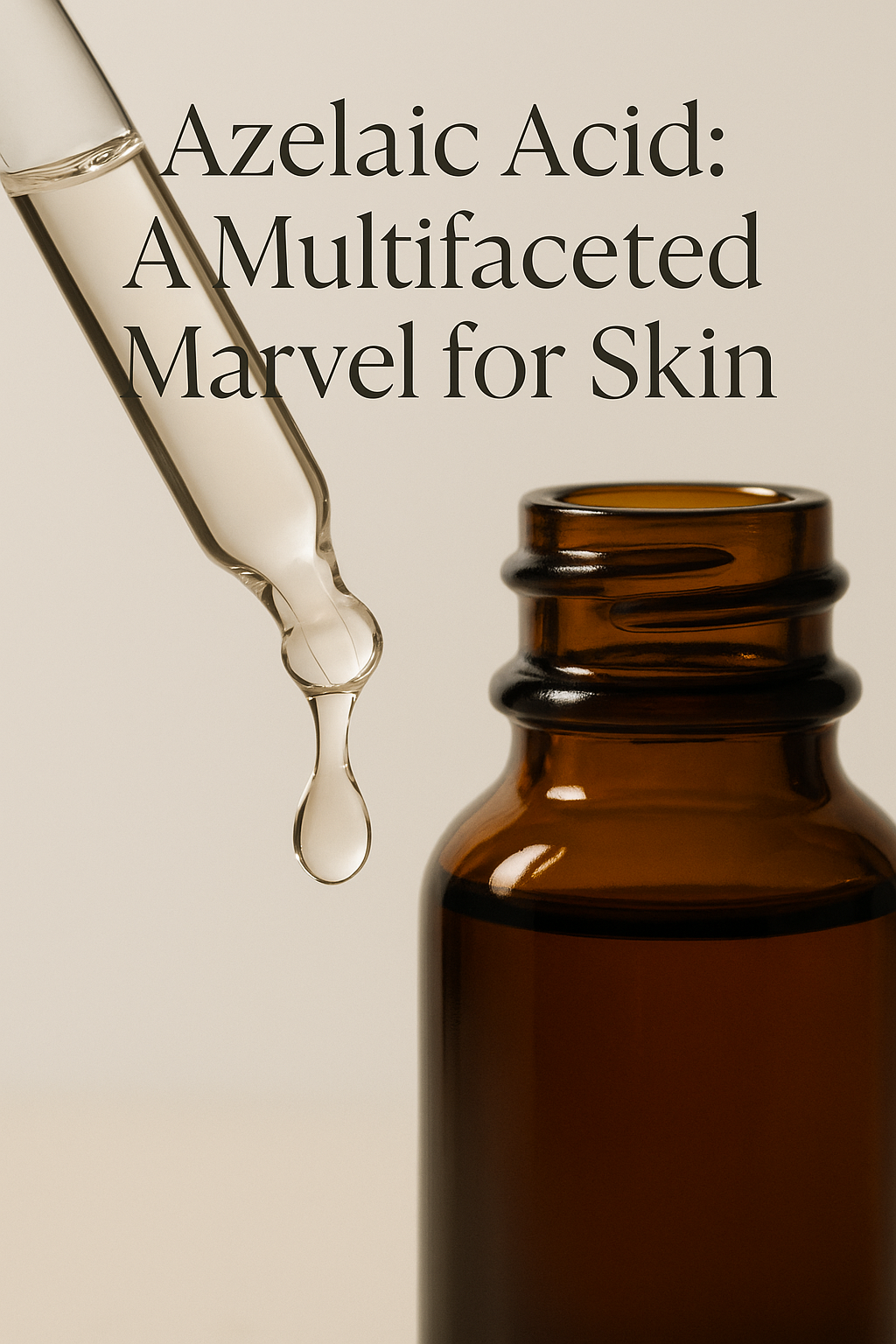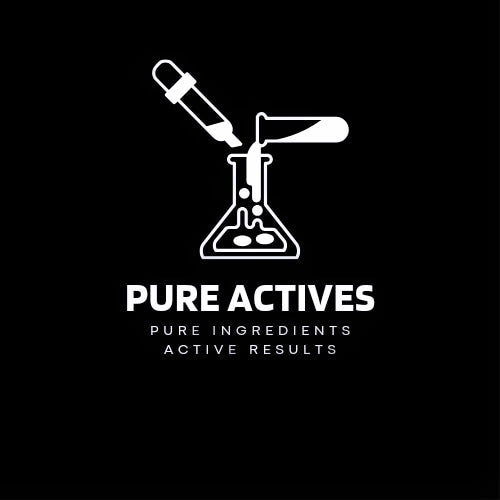
Azelaic Acid: A Multifaceted Marvel for Skin Health
Share
Introduction:
Azelaic Acid has gained significant popularity in the skincare world for its versatility and effectiveness. This naturally occurring dicarboxylic acid offers a range of benefits, from addressing acne and hyperpigmentation to calming inflammation. Let's delve into the science behind Azelaic Acid and explore its diverse applications in cosmetic formulations.
What is Azelaic Acid?
Azelaic Acid is a naturally occurring dicarboxylic acid found in grains like barley, wheat, and rye. It's also produced by the yeast Malassezia furfur, which naturally resides on the skin. Its chemical structure allows it to interact with various cellular processes, making it a multifaceted ingredient.
How Azelaic Acid Works:
Azelaic Acid's benefits stem from its ability to:
* Inhibit Tyrosinase: It interferes with the activity of tyrosinase, an enzyme crucial for melanin production, thereby reducing hyperpigmentation.
* Exhibit Antimicrobial Properties: It has antimicrobial effects against bacteria like Propionibacterium acnes, which contributes to acne.
* Provide Anti-inflammatory Effects: It reduces inflammation by inhibiting the production of pro-inflammatory cytokines.
* Normalize Keratinization: It helps to regulate the growth of skin cells, preventing clogged pores and improving skin texture.
Benefits for the Skin:
* Acne Treatment: Its antimicrobial and anti-inflammatory properties make it effective against acne.
* Hyperpigmentation Reduction: It helps to fade dark spots, including post-inflammatory hyperpigmentation and melasma.
* Rosacea Management: Its anti-inflammatory effects can calm redness and irritation associated with rosacea.
* Improved Skin Texture: It helps to refine skin texture and unclog pores.
* Gentle Exfoliation: It offers mild exfoliating properties.
Formulation Considerations:
* Concentration: Typical usage rates range from 1% to 20%, but lower concentrations (10% or less) are more common in over-the-counter products.
* pH: It is stable within a pH range of 4.0 to 7.0.
* Compatibility: It is generally compatible with other skincare ingredients, but it's advisable to perform compatibility testing.
* Combination: It can be combined with other ingredients like niacinamide, vitamin C, and retinoids for enhanced benefits.
* Solubility: Azelaic Acid is poorly soluble in water. It is more soluble in warm water, propylene glycol, and ethanol.
* Storage: Store Azelaic Acid in a cool, dry place away from direct sunlight. Keep the container tightly closed to prevent moisture absorption.
Simple Azelaic Acid Serum Recipe:
Ingredients:
* 10% Azelaic Acid Powder
* 88% Distilled Water (warmed)
* 1% Niacinamide
* 1% Preservative (Phenoxyethanol)
Instructions:
* Heat the distilled water slightly (around 40°C/104°F).
* Slowly add the Azelaic Acid powder, stirring continuously until dissolved.
* Add the Niacinamide and stir until fully incorporated.
* Once the mixture has cooled, add the preservative and stir thoroughly.
* Transfer the serum to a clean, airtight container.
Your Company's Azelaic Acid:
We offer high-quality Azelaic Acid, rigorously tested for purity and efficacy. Contact us to request a sample and explore its potential in your skincare formulations.
Conclusion:
Azelaic Acid is a versatile and effective ingredient that addresses various skin concerns. Its ability to target multiple pathways makes it a valuable addition to cosmetic formulations.
References:
* "Azelaic Acid." INCI Decoder. https://incidecoder.com/ingredients/azelaic-acid
* "Azelaic Acid." Paula's Choice. https://www.paulaschoice.com/ingredients/ingredient-azelaic-acid.html
* Fitton, A., & Goa, K. L. (1991). Azelaic acid. A review of its pharmacological properties and therapeutic efficacy in acne vulgaris and hyperpigmentary skin disorders. Drugs, 41(5), 780–798.
